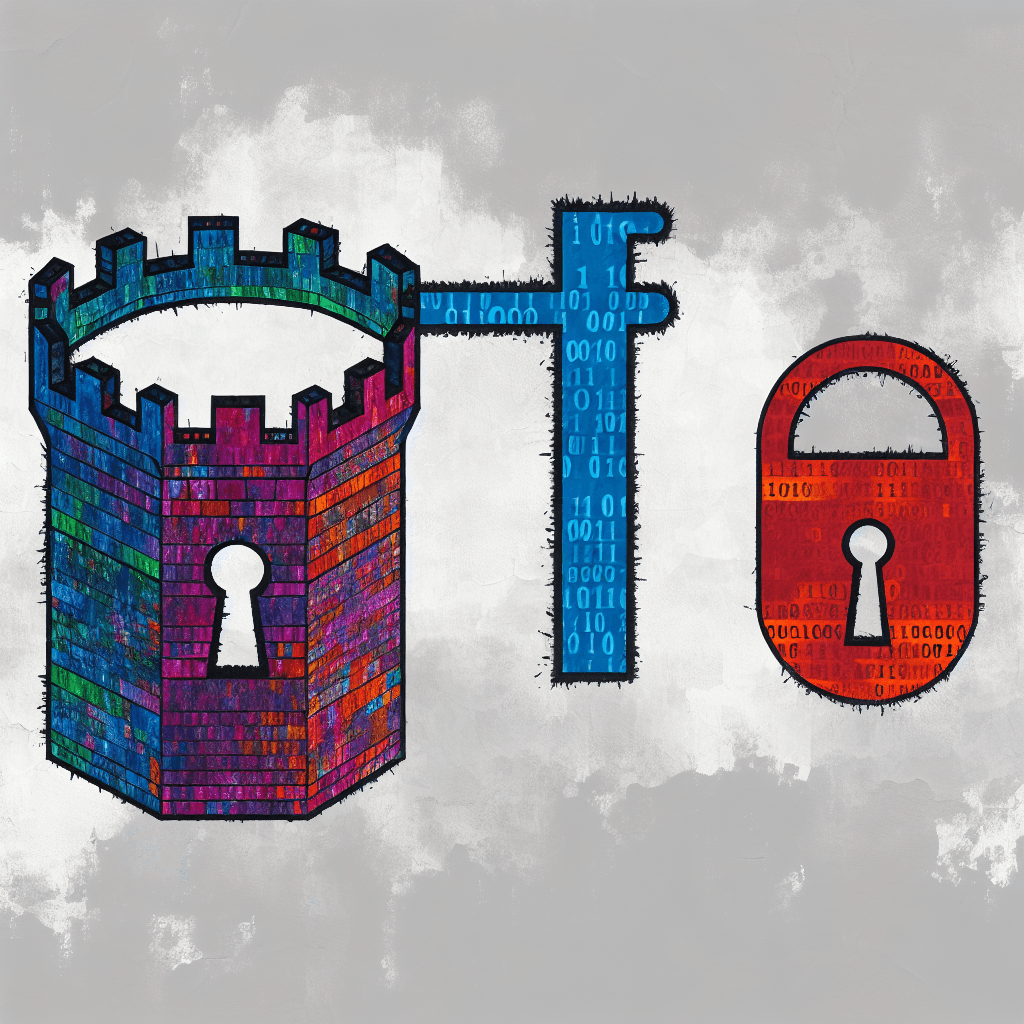Imagine walking into a store and handing over your wallet because someone convinces you it’s just a new kind of gift card. That’s pretty close to what hackers are doing today. They’re not just sneaking through digital backdoors; they’re scoring access by convincing actual people to open the door for them. Cybercriminals are tricking employees of big companies into giving up their Salesforce accounts — and then they go on a data stealing spree.
This trickery isn’t random. It’s clever and calculated. They use social engineering, a fancy term for political-style manipulation. Hackers craft convincing stories or emails that look authentic. They exploit normal human behaviors—trust, fear, urgency—and turn employees into unwitting accomplices. They know that even the most secure systems can fall if a person is tricked. That is where CISO thought leadership shines brightest. When cybersecurity leadership embraces the reality that technology alone doesn’t solve everything, organizations can better prepare their staff and improve their information security in the age of AI. Sometimes, the best defense is ongoing awareness and resilience training.
When you hear about these breaches, it’s easy to focus on the data that’s gone. Names, emails, phone numbers—personal details that can be used to scam unsuspecting victims. But don’t miss the bigger picture. These breaches reveal just how vulnerable human error makes even the biggest companies. Good CISO expertise involves seeing beyond firewalls and encryption. It’s about understanding how human nature is exploited and how to adapt to those threats. It’s a challenge for leadership to keep up, but it’s an essential part of cybersecurity leadership today.
The Breach and Its Lessons: What Your Business Must Understand
The recent headlines hit hard. Major brands like Adidas, Disney, and Toyota found their customer data compromised. These are household names, yet they are not immune. Hackers released millions of records with details that seem harmless but can be turned into tools for scams. The data does not include financial info, but personal info is powerful enough to steal identities and scam customers. The danger is not only in the breach itself, but in what comes next.
This exposes a glaring gap in many companies’ defenses: people are the weakest link. No matter how many firewalls or AI-powered detection systems you put in place, a simple trick on an employee can cause chaos. Cybersecurity leadership must accept this reality and take proactive steps. This includes more than just spending on technology. It means training staff to recognize phishing and social engineering tactics. It involves creating a culture of awareness. And it demands that CISOs—those who shape information security in the age of AI—be sharp and influential voices at the top table.
Most companies wait until they experience a breach before they get serious. That is a mistake. Vigilance, ongoing education, and a focus on human-centric security will define the future of defending customer data. Because the truth is, in the dance between hackers and defenders, understanding human psychology might be the most effective weapon of all. The stakes are high, and the digital battlefield is constantly shifting. The best defense begins with acknowledging that humans can be easily tricked—unless we prepare them well.
Digital Security: A Necessity for Modern Enterprises
In the realm of information security, preparing a comprehensive strategy is akin to drafting a business plan. Studying the market trends and technological advancements helps in formulating an approach that not only safeguards assets but also aligns with organizational goals, enhancing overall resilience.
Consider these important lessons:
From the content, key lessons emerge to prevent similar breaches. Here are four vital solutions:
- Implement Rigorous Employee Training — Educate staff on social engineering tactics and impersonation risks. Awareness is the first defense against trickery.
- Enforce Strong Authentication Protocols — Use multi-factor authentication (MFA) for all sensitive systems. This thwarts unauthorized access even if credentials are compromised.
- Regularly Audit and Monitor Access — Continuously review who accesses what. Unusual activity can signal a breach early, limiting damage.
- Limit Data Exposure and Sharing — Minimize the amount of personal data stored and shared. Less data means less risk if breaches occur.
Each step echoes principles from Securing Success in a Digitally Driven World, emphasizing proactive defense, resilience, and adaptive security strategies. Ultimately, these measures build an armor of trust and sustainability amidst relentless cyber threats.
From the Author
In the face of growing cybersecurity threats, the importance of collaboration cannot be overstated. By pooling resources and expertise, professionals and organizations can develop more comprehensive and effective defense mechanisms against this escalating problem.
I endeavor to curate stories like this one on my website. This serves a dual purpose: firstly, to provide a valuable reference for my writing endeavors, and secondly, to share insightful narratives with the wider community. If you like this story, you should check out some of the other stories in the Management section or Small Business section.
You can also find more of my Cybersecurity writings here in the Cybersecurity section.
To check the original story Click here
Stay Up-to-date
Stay informed on the latest cybersecurity strategies and tools, check out Google Cybersecurity Certification.






